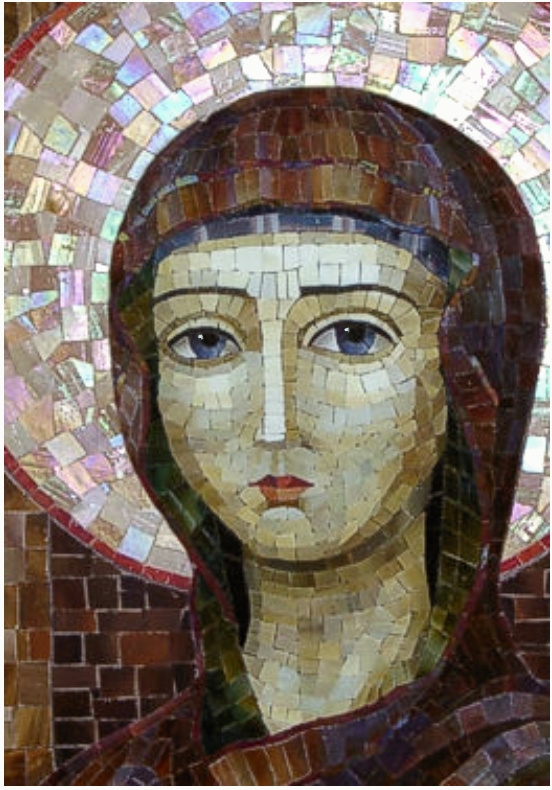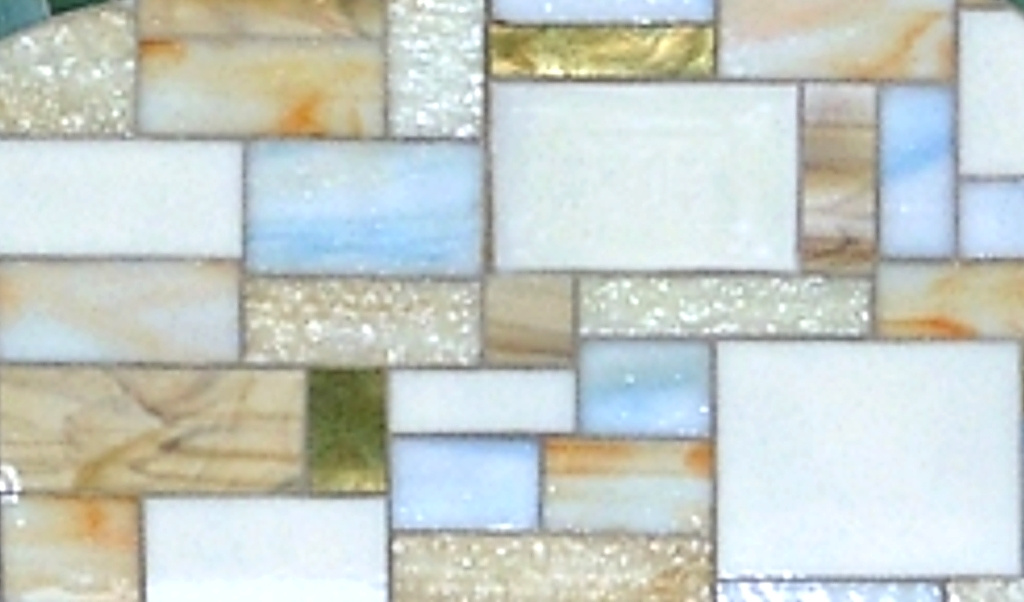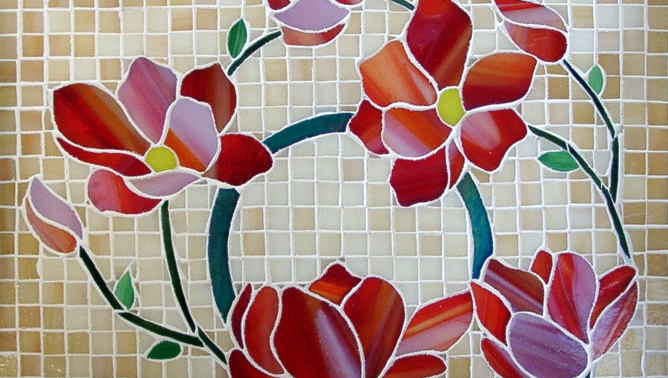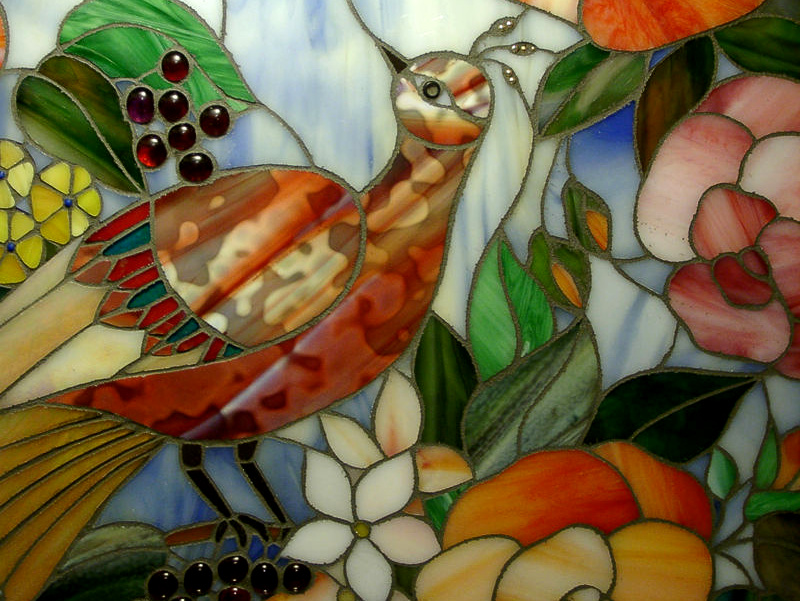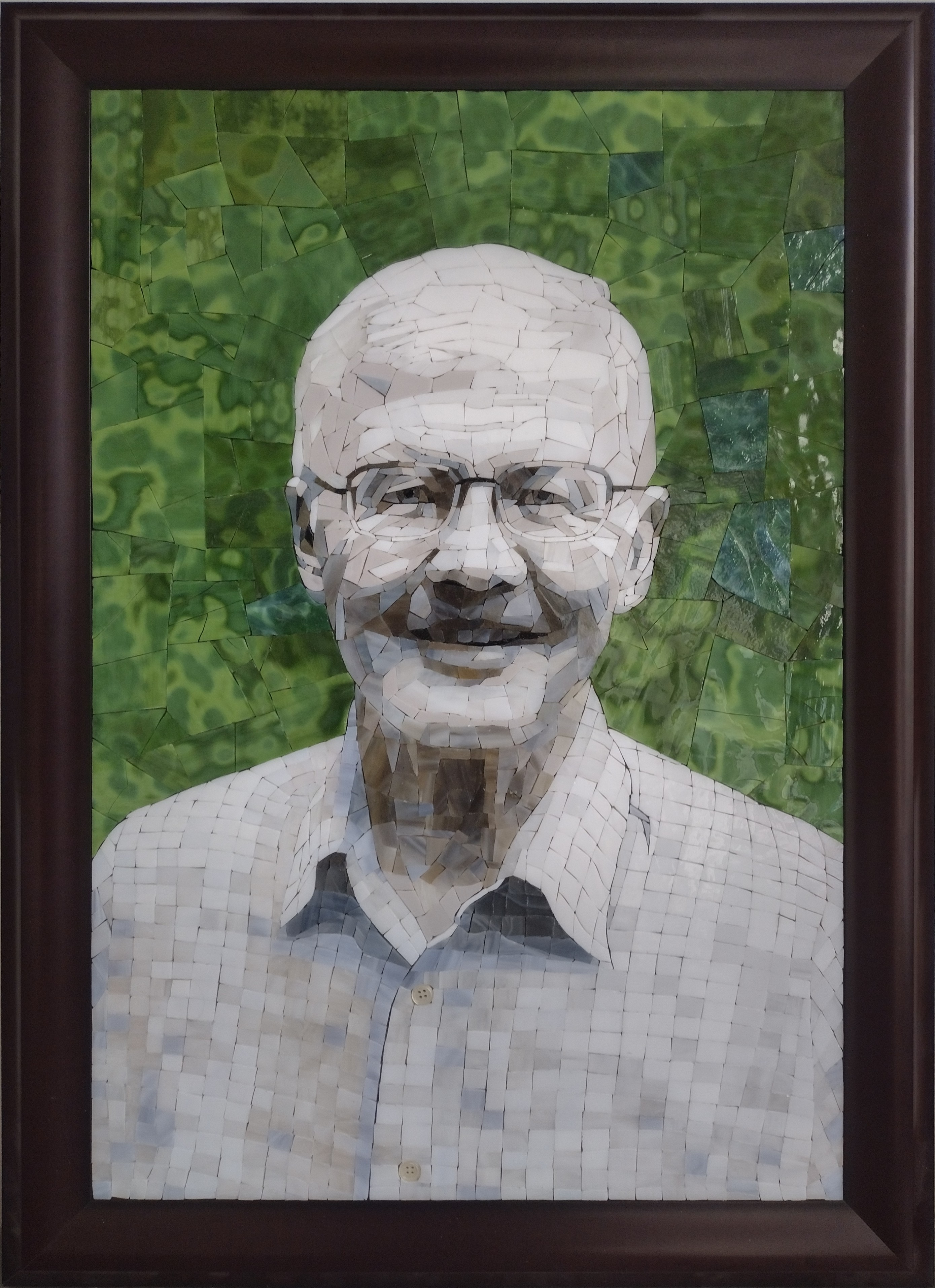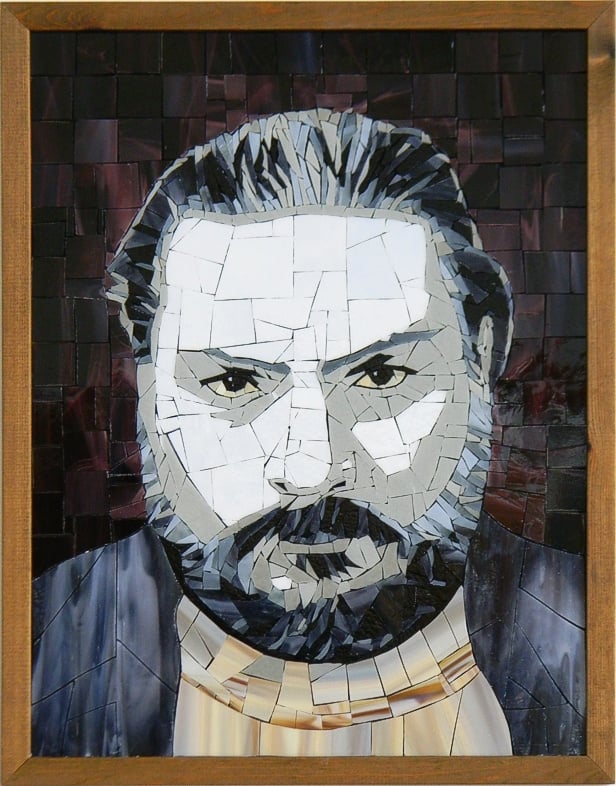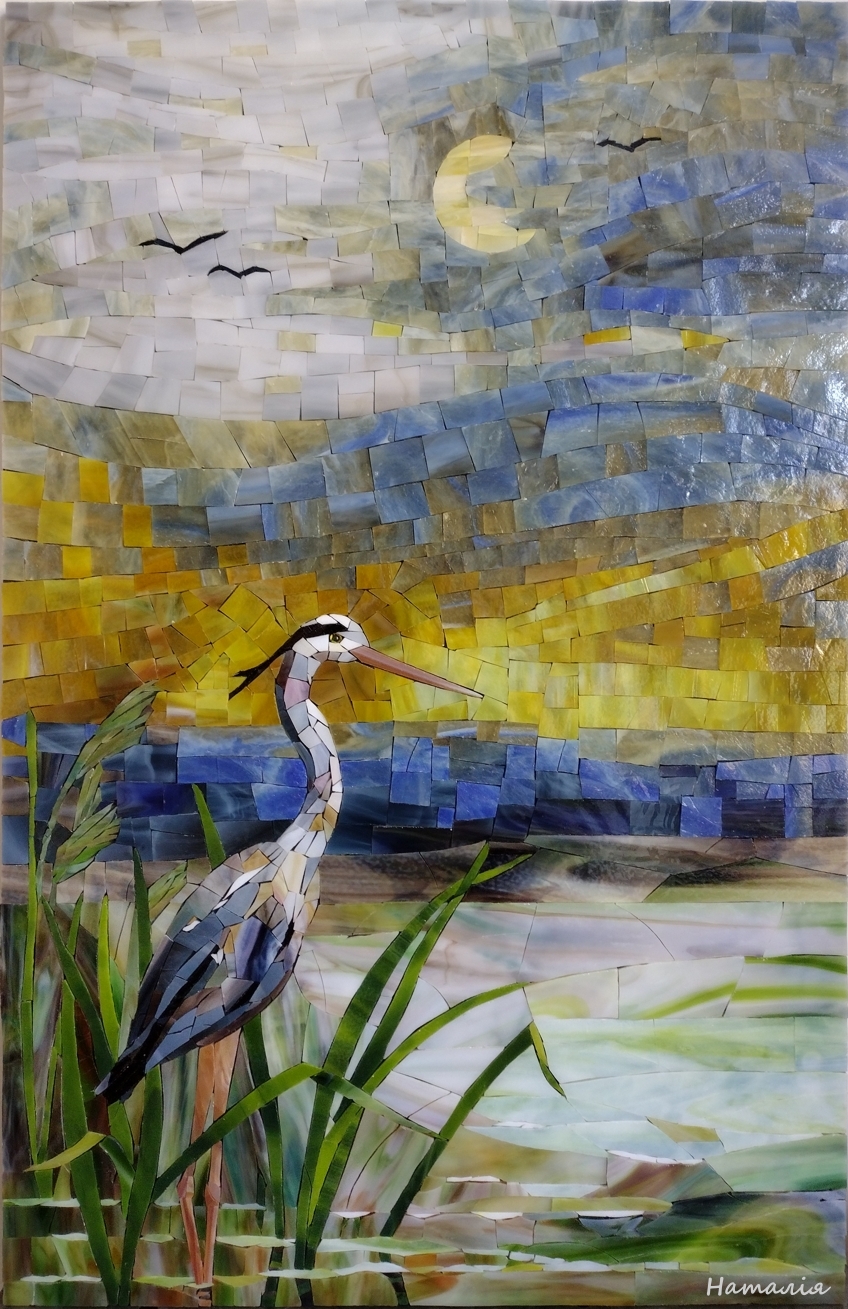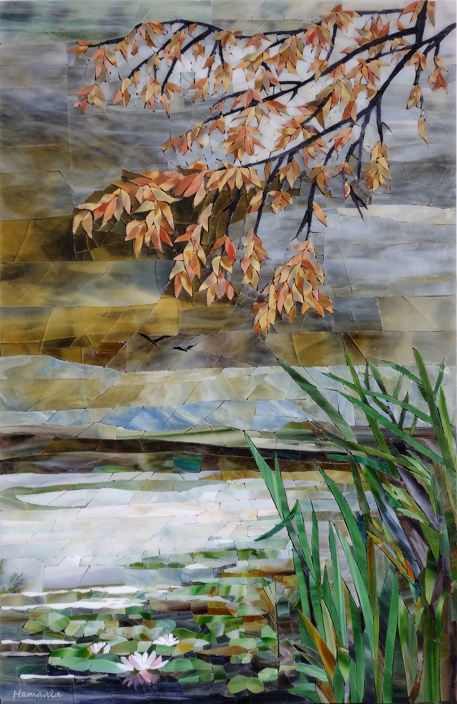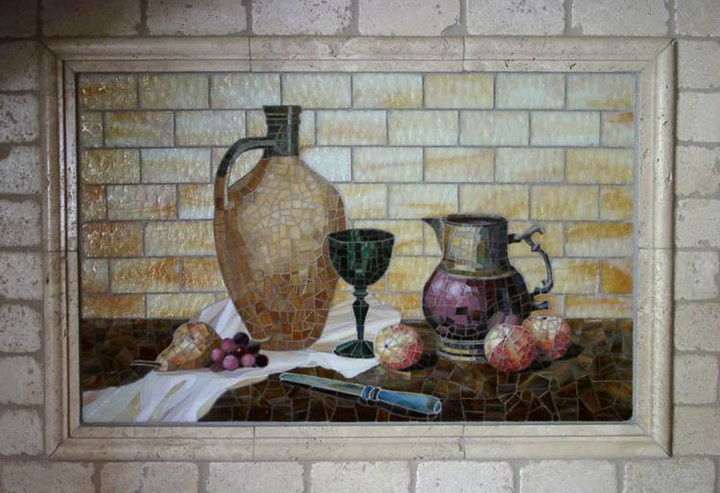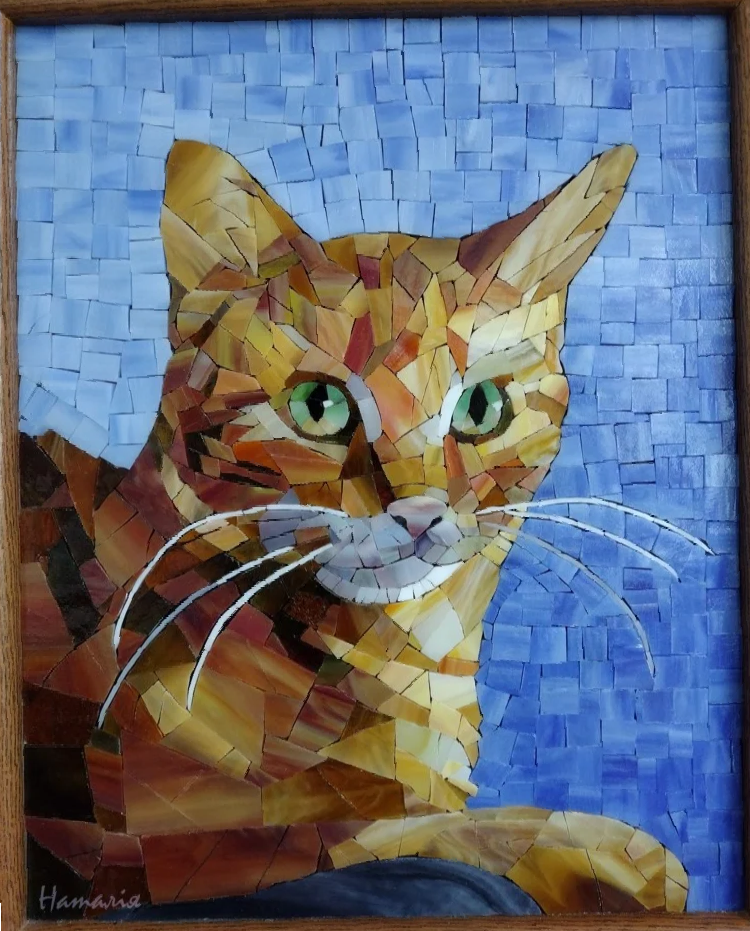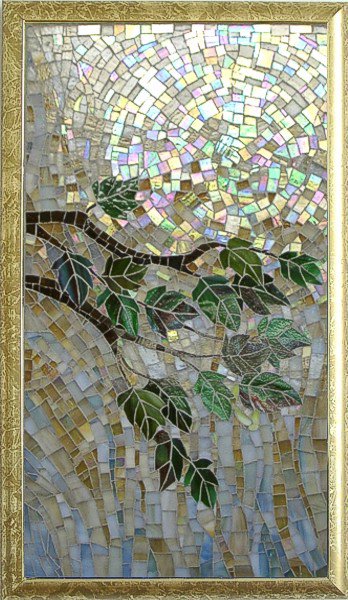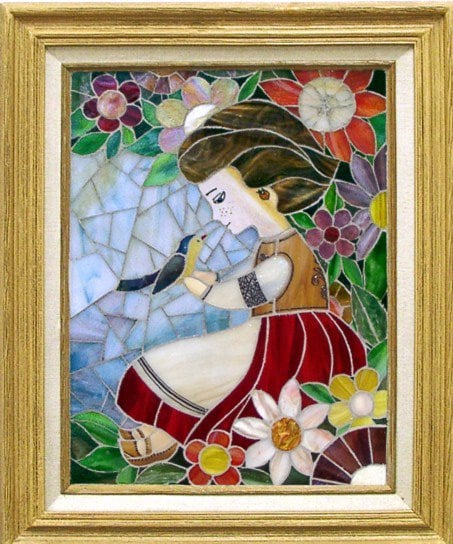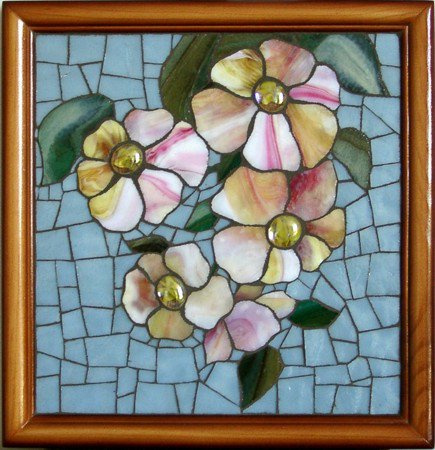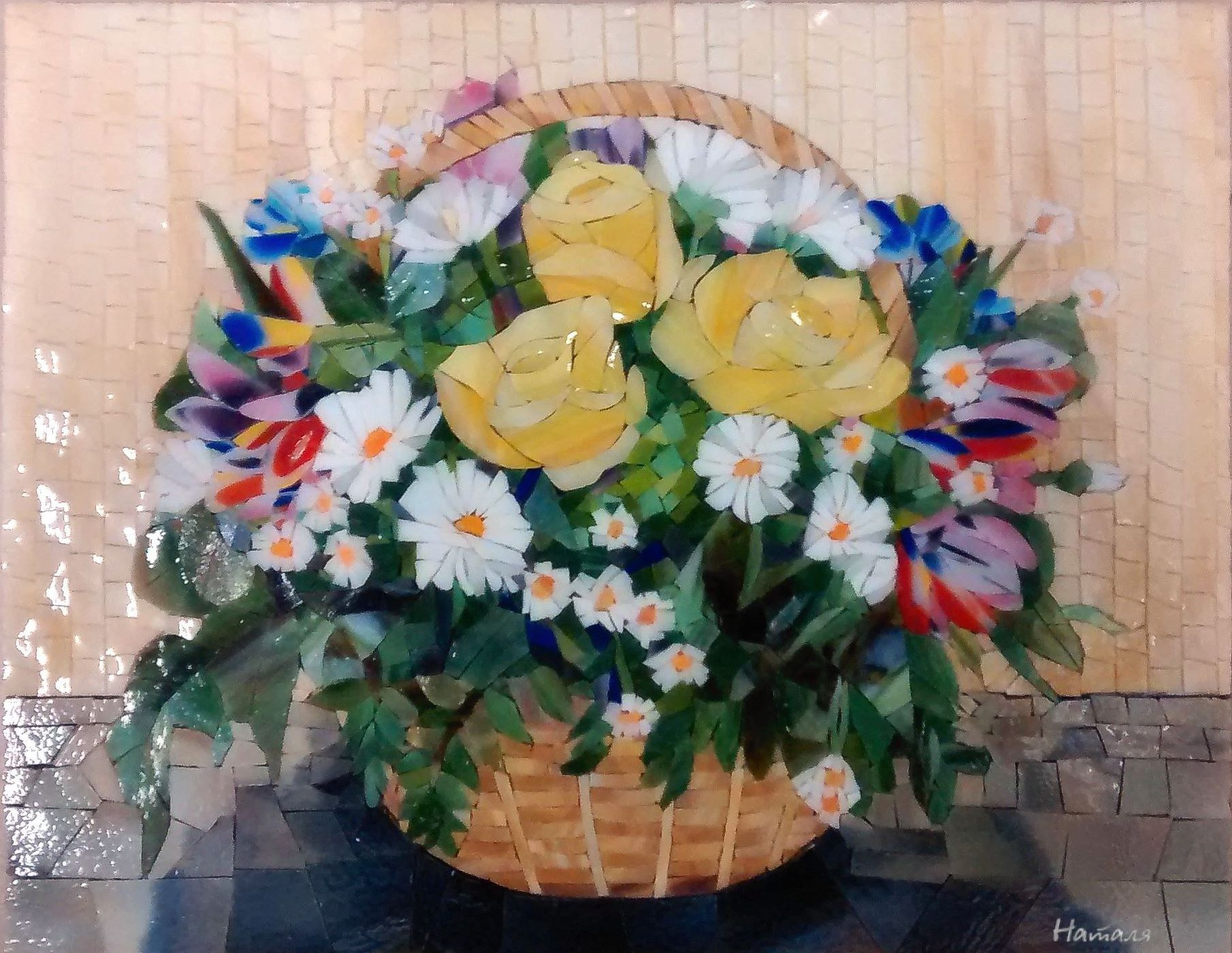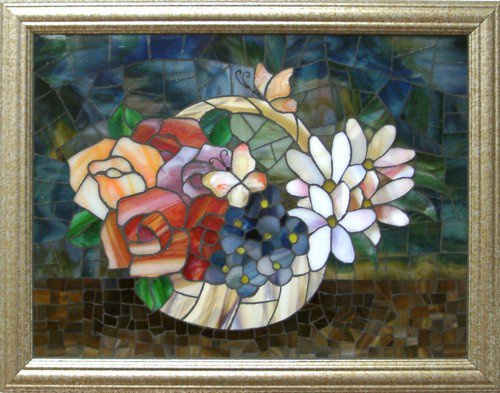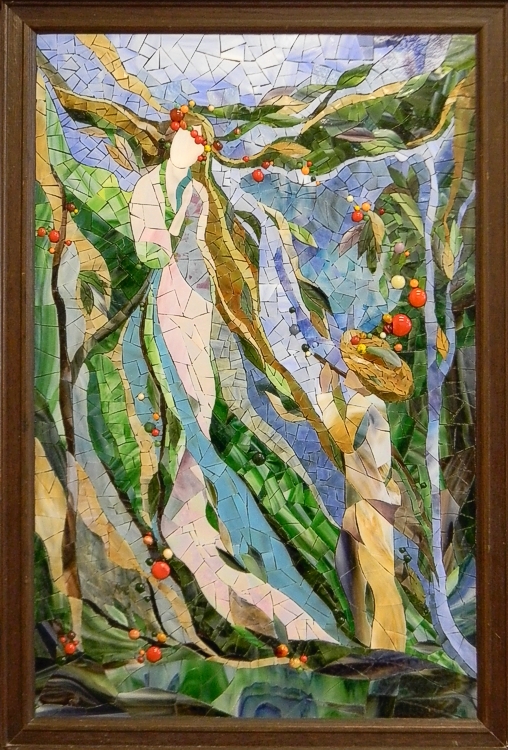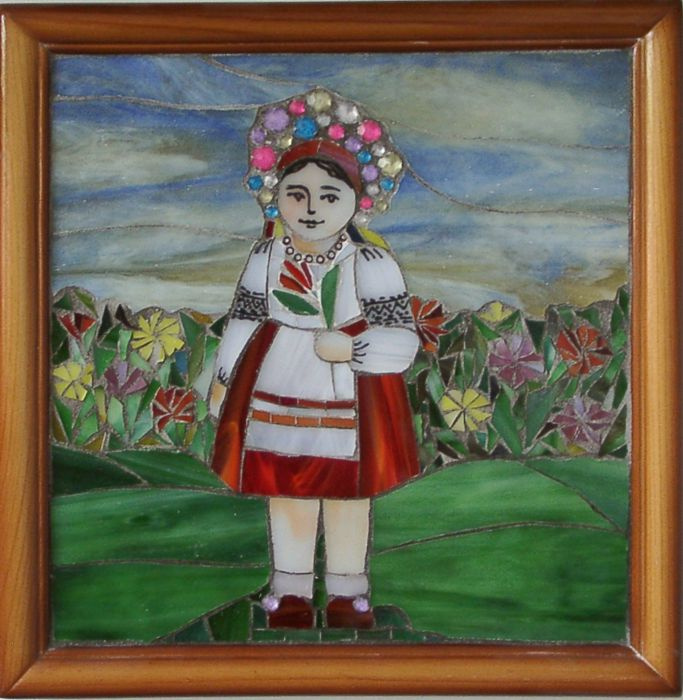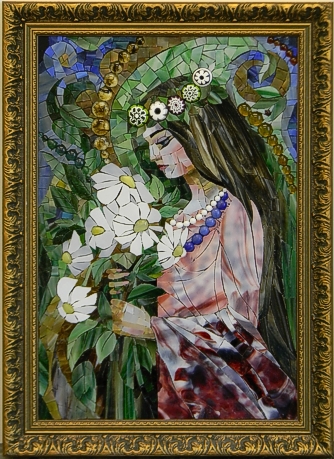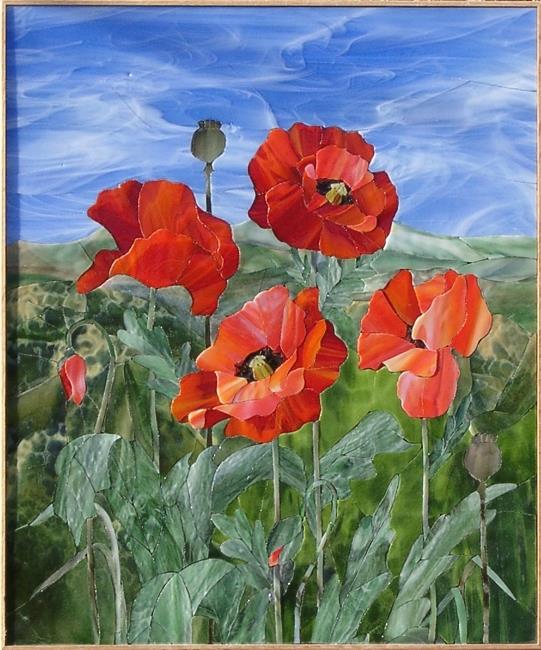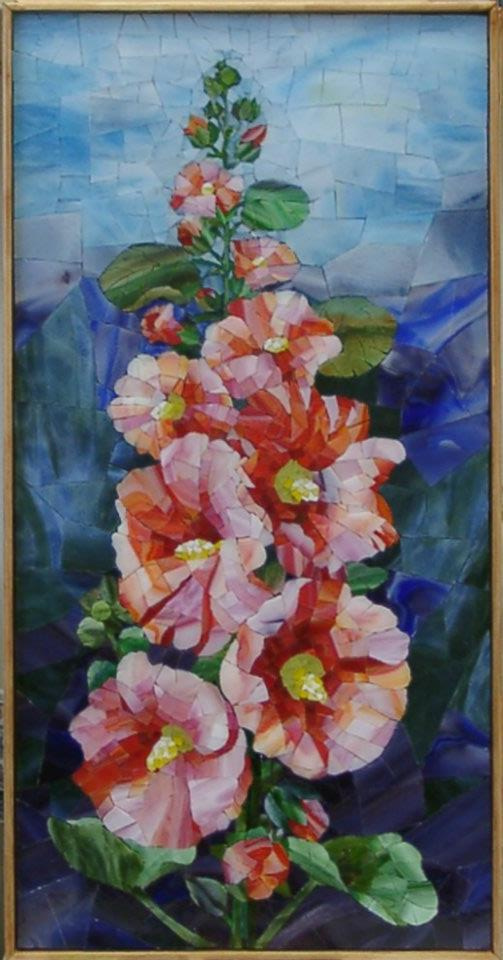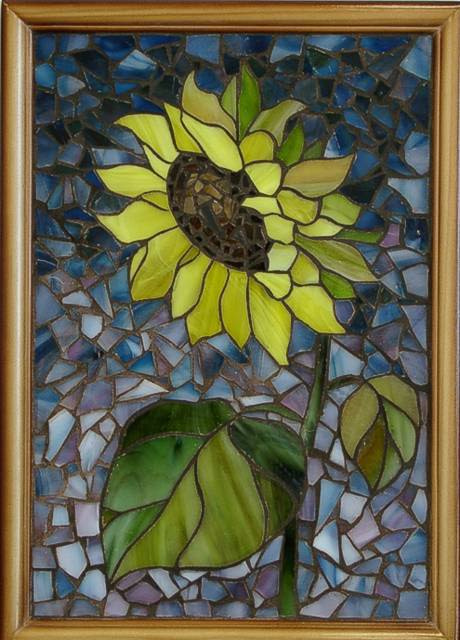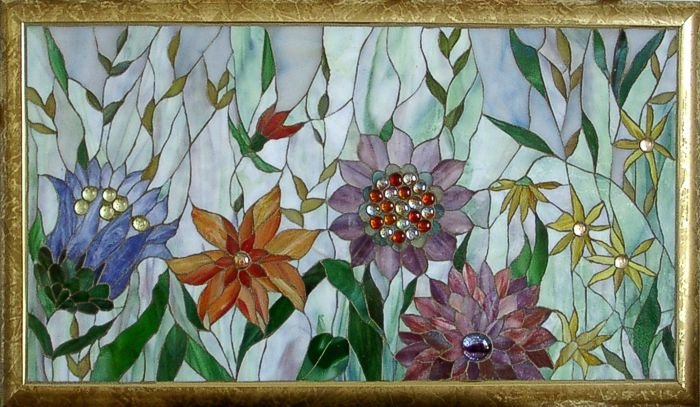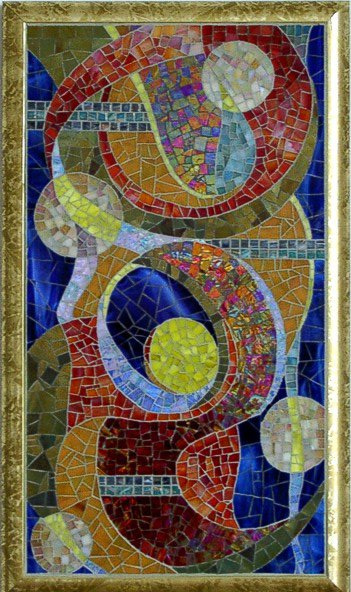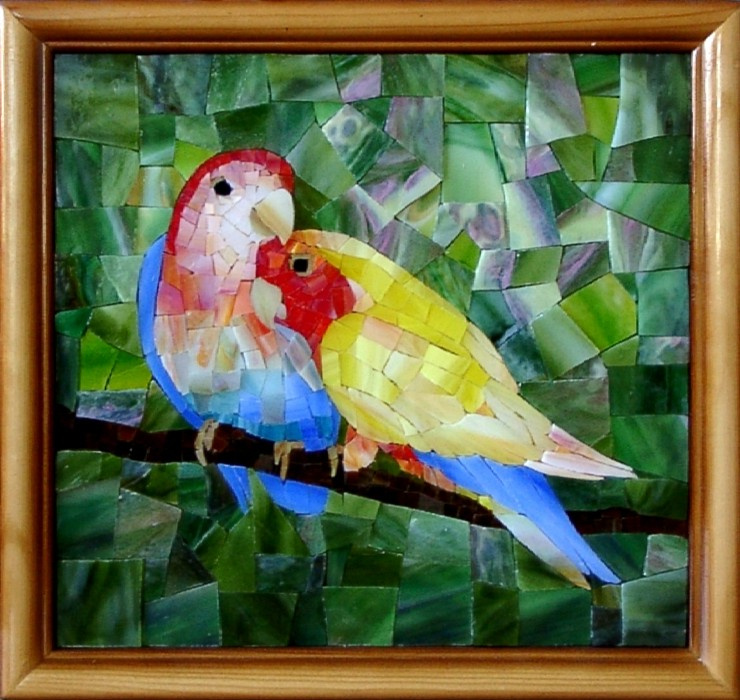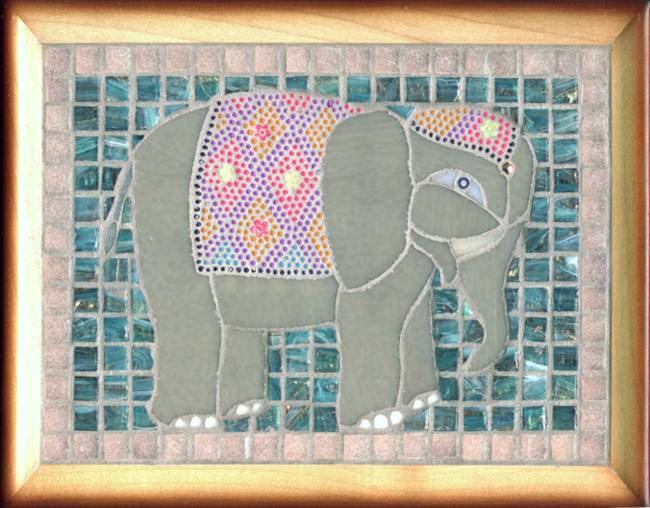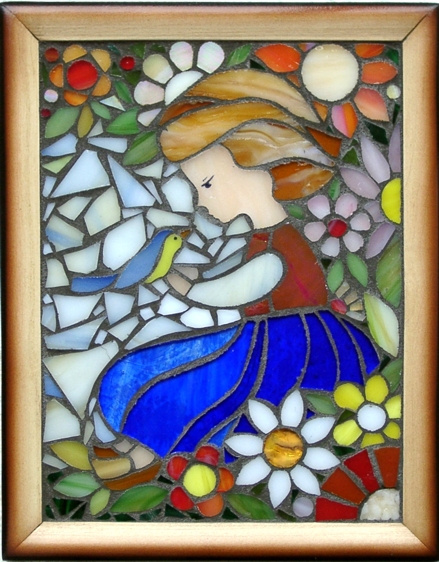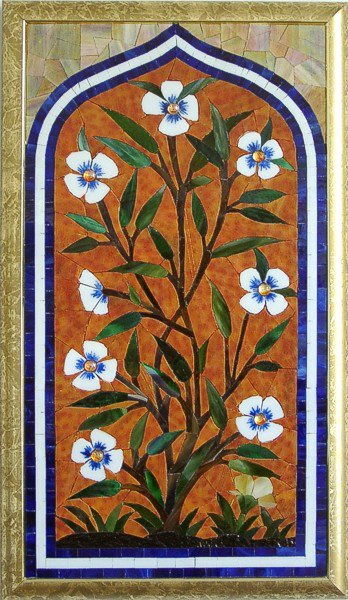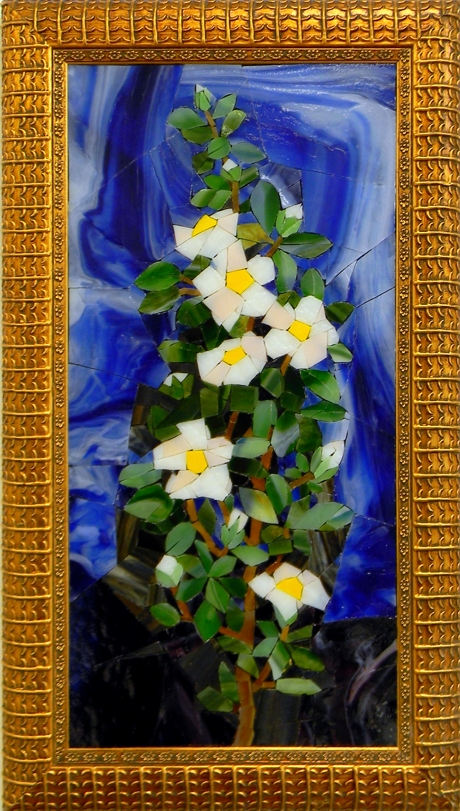Mosaic
| |
Mosaic Techniques
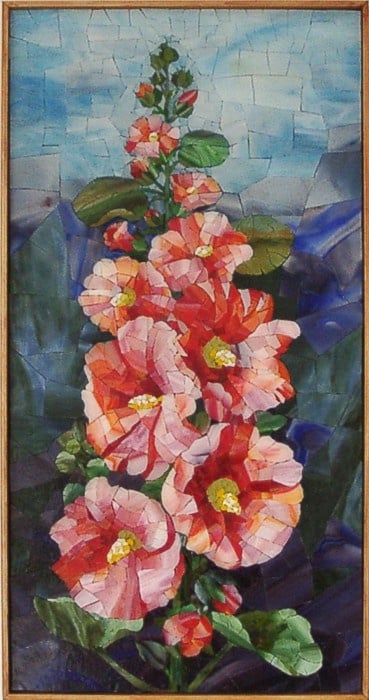
Mosaics are made up of bits and fragments of colored stone, glass, ceramic tile, and other materials. Approximately 5000 years is as far back as archaeologists have been able to find examples of mosaic art.
Two basic methods are used today for creating mosaics: the direct and the indirect.
- Direct Method is one of the most popular methods of laying a mosaic. In this technique the tesseare are placed down one by one: applying adhesive, either on each individual piece or base material (concrete, wood, metal, etc.). After allowing project to dry, it can be grouted if needed.
- Indirect Method a technique in which the tesserae are fixed only temporarily onto paper with smooth side face down using a water-soluble adhesive. After the glue has dried, the entire mosaic (or a section of it if it is a large work) is lifted up and placed into position on the permanent adhesive and allowed to dry. Then the moist paper is carefully removed.
| |


